Last April, in Dubai, UAE, CAPP platform – the local leader in contributing dental education in collaboration with the Remedico.app – the dental clinic management software provider – hosted an online webinar about Artificial Intelligence technology in medicine and the dental industry in particular.
Prof. Falk Schwendike – a German specialist in medical Artificial Intelligence, restorative and preventive dentistry, dental diagnostic, health economics, and services – who was invited as an expert, kindly shared insights from the forefront of AI science and explained its history, problematics, capabilities, and ways of implementation in the dental industry, relying on his scientific experience.
The webinar brought together thousands of viewers – much more than organizers estimated – which is not surprising, considering that AI topics are at the front edge of modern medical practices. The lecture covered plenty of complicated topics from modern AI science, and this article is a summarisation of Prof. Schwendike’s points.
The Nature Of the AI
To understand how we can use technology in any field of science, we should first learn how it works. That's why, at the beginning of the lecture, Prof. Schwendike points our attention to the history of AI.
The idea of an algorithm that can mathematically mimic human neurons was born about 80 years ago, along with the first computers. The conception of artificial neurons was complemented by the idea of an artificial neural network, and over the years, this research area got its modern name – AI.
To be precise, these algorithms are not something like a biological intellect – the letter is a much-complicated mechanism powered by various biochemical processes that guarantee cognitive flexibility. On the other hand, Artificial Intelligence – is a tool that should be tuned only for specific tasks, and the lack of flexibility is compensated by high productivity in some fields of work.
The Evolution of The AI
The first AI models (before 2005-2010) were based on the rules model. In simple words, program architects build a system with specific limitations over one or a group of mathematical processes – like a very complicated Excel sheet.
However, new technological capacities in computing capabilities and data management have allowed scientists to invent deep learning models. It is a system that allows algorithms to find patterns and (in some sense) write the rules for specific tasks by themselves, analyzing a large amount of similar data.
The Problematics of AI “Education”
Also, Prof. Schwendike highlighted the main complications in the field of Deep Learning. Modern learning models require masses of information to learn how to do the simple task. For example, distinguishing a cat from a dog is easy to do when you are a human and know that one is barking – another meowing and has funny ears, but for machines, these facts are not obvious.
First, we have to upload millions of annotated images with the correct answers to teach AI the difference. Then, the system will memorize the specific patterns and use them with future tasks. How can we collect such data? Every time you pass the captcha in Google, Meta, and other services, you provide a small part of educational data for some AI system.
At that point, we meet a few problems with the education of medical AI:
- The lack of input data – typically, doctors and scientific groups have thousands or dozens of thousands of photos – is a quite small selection compared to the “cat-dog” problem.
- The lack of experts – you can’t just show the photo of the tooth to everyone on the internet and ask them where the cavity is located. You need to involve a group of experts to receive qualitative and correct results.
Dental AI in Details
Along with diagnostic instruments – dental clinic management and therapeutic software are also necessary for the industry because they can save you a lot of time on administrative tasks, or attract a doctor's attention to some important details during the clinical case examination. RemedicoGPT – a feature from Remedico.app – is an example of how AI’s speaking abilities may be used to save human time, by delegating some bureaucratic work.
Prof. Schweiniche described a few main branches of using AI models in medical practice that can be effective at the current moment of technological progress.
4P Medicine
Precision, Personalization, Prevention, and Perceptions of the patient. All these areas include processing a large amount of data, including demographics, biomarkers, specific clinical and environmental data, information about individuals' habits, etc.
Such an approach allows every doctor, regardless of his professional specifications:
- to understand the disorders' nature precisely.
- to get to know which drug or therapy will be more effective with the particular organism.
- to prevent some disease development.
Prof. Schwendike noted that 4P medicine – is a theoretical conception for now. We still have no system in any clinic field that can absorb and aggregate such an amount of personal biological data.
Supporting Therapy
Novel Artificial and Augmented reality technology allows us to improve the therapy processes. Glasses of Virtual Reality (despite the brand) are a powerful instrument, allowing scientists to control operations on the most accurate levels.
This software, using various visual data (including x-rays, radiographs, scans, etc.), is able to build a 3D model of your mouth and skull, allowing dentists to see through the particular area during operation. Briefly, dentists, equipped with VR helmets receive an X-ray vision that helps them conduct the procedure more successfully.
Or they can use this environment to learn 3D visualization of some operations to expand their knowledge, or even use it during dental therapy to familiarize their patients with their mouth health condition.
Educational VR hardware is also used by Remedico in the visual educational platform – Dentaverse. This digital tool allows dentists to show patients their health condition via VR/AR interface, discuss treatment plans, and educate them, making the operations and procedures more understandable and creating an emotional bond with their patients.
Chatbots
The area where AI is really efficient now – is communications. ChatGPT showed us how good chat models can answer complex questions, provide guides, and understand and generate human speech.
These systems learn how to recognize human questions and give meaningful answers by reading tons of texts and articles. They do not understand the speech in the way we do it: the AI algorithm knows the probability of which word should follow the previous one and which answer fits the particular question. But he is good at probabilities, at least good enough to hold a conversation, not worse than most educated people.
Thus, companies like Remedico.app use AI capabilities mentioned above to build a virtual personal assistant that allows you to get any information about your clinic, including analytics, patients’ documents, accountant data, appointment schedules, and many more. Also, in the future, Remedico plans to adapt this interface for patients’ usage, to help them book and manage appointments, define the right specialist to plan a visit, or learn more details about the treatment plan.
AI Issues
Unfortunately, AI – like every technology – is far from perfect, and we can face a few severe problems implementing AI practices in the dental field.
The most common fear related to AI technology – is a fear of its disruptive capabilities. There are a lot of speculations among experts about how this technology will affect the labor market and its potential to eliminate some professions, like translators. AI will probably replace some human professions, but, Prof. Schwendicke is confident that it is unlikely to see such changes in medicine and dental in particular. The most terrible thing that could happen is over-trusting the AI: if humans switch off their brains and trust the AI absolutely.
However, there are a few technical issues left that we should take into account in case we decide to use this technology in dental practice.
Explainability
Today, Deep Learning is the most efficient way to teach AI to do a complicated task (to answer a question or distinguish images). But in the case of the "educated" model, we have barely understood how this system actually works. We enter some input data and receive answers, but it is hard to get to know what happened inside "AI's brain" that made him answer this way.
This issue is called a "Black Box problem," and sometimes it is a really complicated task - to tune such systems and explain their decision-making processes.
Generalisability
Diagnostic AI in dental, oncology, dermatology, and any field of medicine usually uses visual data from specific regions and demographic groups in Deep Learning processes. Practice application of such systems shows that neural networks trained on (for instance) Indian data are irrelevant for German users, Colombians can not use systems trained on Norwegian data, etc.
Thus, before the AI diagnostic systems integration, Prof. Schwendicke recommends you first ask providers which data they have used in the learning processes.
Robustness
As Prof. Schwendicke mentioned before, AI does not understand things like humans do. Such systems have a set of specific patterns that a few little changes made in the input information can easily disrupt.
For instance, visual systems may begin to hallucinate if you change a few pixels in the analyzed photo. Also, humankind has already invented special bizarre pullovers and freaky makeup that make human beings invisible for visual recognition platforms.
In the case of medical AI, this issue is particularly dangerous because some glitches in the X-ray, photo, or radiographs can disturb all diagnostic mechanisms and affect people's health.
Let's sum up
The list of the main Prof. Schwendike's statements:
- The conception of AI emerged about 80 years ago from the idea of artificial neurons.
- First AI algorithms use a rule-based decision-making system limited by human-write patterns.
- The next step of AI evolution is Deep Learning – a modern system that mathematically emulates the learning processes in real brains.
- Deep Learning requires billions of images to teach the AI to do a simple visual-distinguishing task.
- The lack of input data and qualified experts – are causes of why medicine AI development is so slow.
- There are four main branches of medical AI: diagnostics, Support Therapy, 4P Medicine (Precision, Prevention, Personalization, Perception), and Management AI.
- Three main problems with AI: Explainability (we do not know exactly how it makes decisions), Generalisability (data collected in different parts of the world are hard to compare), Robustness (AI work is easy to disrupt by a few small changes in the analyzed data)
Summarizing the above, we should admit that Artificial Intelligence is an inevitable modification of modern medicine. For now, as specialists, we have to carefully plan our cooperation with this digital tool and highlight the most problematic areas that require improvements. At the same time, we have to get rid of fears of AI, as a tool that can replace the clinician. Existing ways of AI implementation consider only symbiotic relations between the specialist and computer to improve their effectiveness.
FARMINGTON, Conn., US: Many factors may influence therapeutic decisions in orthodontics. For example, orthodontists may sometimes inaccurately interpret ...
BERLIN, Germany: Artificial intelligence (AI) is currently trending in dentistry, and key opinion leader and AI expert Dr Kyle Stanley says that the ...
COPENHAGEN, Denmark: Researchers in Turkey have examined the extent to which deep learning artificial intelligence (AI) algorithms are able to identify ...
ŌTSU, Japan: The links between diabetes, obesity and periodontal disease are well established; however, most studies on their associations have had sample ...
AMSTERDAM, Netherlands: Robotic technologies have long since ceased to be the stuff of sci-fi and have become a real and reliable part of many areas of ...
MBRU and King Saud University in Saudi Arabia join forces to enhance academic collaboration between medical colleges
Carestream Dental’s new CS 9600 cone beam computed tomography (CBCT) system features intelligent automation, first-time-right imaging technology and ...
DUBAI, UAE: It is widely accepted that the root canal morphology is highly complex and canal irregularities are challenging areas to clean and disinfect ...
JEDDAH, Saudi Arabia: Dr Khaled Abouseada worked with five different types of aligner systems for about ten years before deciding on eCligner. Using 3-D ...
SOFIA, Bulgaria/DUBAI, UAE: The much-anticipated ROOTS SUMMIT is to be held in Dubai in only a few months’ time. With an unparalleled series of ...
Live webinar
Wed. 14 January 2026
9:00 pm UAE (Dubai)
Dr. Théo Laplane, Dr. Robert Gottlander DDS
Live webinar
Fri. 16 January 2026
9:00 pm UAE (Dubai)
Live webinar
Mon. 19 January 2026
10:00 pm UAE (Dubai)
Philipp Kopp, Michael Seeber
Live webinar
Thu. 22 January 2026
6:00 pm UAE (Dubai)
Prof. Judith Jones D.D.S; M.P.H., Prof. Kakuhiro Fukai D.D.S., Ph.D, Dr. Bathsheba (Bethy) Turton
Live webinar
Thu. 22 January 2026
11:00 pm UAE (Dubai)
Dr. Nicola M. Grande DDS, PhD
Live webinar
Wed. 28 January 2026
5:00 pm UAE (Dubai)
Live webinar
Wed. 28 January 2026
8:00 pm UAE (Dubai)
Prof. Dr. Jan-Frederik Güth



 Austria / Österreich
Austria / Österreich
 Bosnia and Herzegovina / Босна и Херцеговина
Bosnia and Herzegovina / Босна и Херцеговина
 Bulgaria / България
Bulgaria / България
 Croatia / Hrvatska
Croatia / Hrvatska
 Czech Republic & Slovakia / Česká republika & Slovensko
Czech Republic & Slovakia / Česká republika & Slovensko
 France / France
France / France
 Germany / Deutschland
Germany / Deutschland
 Greece / ΕΛΛΑΔΑ
Greece / ΕΛΛΑΔΑ
 Hungary / Hungary
Hungary / Hungary
 Italy / Italia
Italy / Italia
 Netherlands / Nederland
Netherlands / Nederland
 Nordic / Nordic
Nordic / Nordic
 Poland / Polska
Poland / Polska
 Portugal / Portugal
Portugal / Portugal
 Romania & Moldova / România & Moldova
Romania & Moldova / România & Moldova
 Slovenia / Slovenija
Slovenia / Slovenija
 Serbia & Montenegro / Србија и Црна Гора
Serbia & Montenegro / Србија и Црна Гора
 Spain / España
Spain / España
 Switzerland / Schweiz
Switzerland / Schweiz
 Turkey / Türkiye
Turkey / Türkiye
 UK & Ireland / UK & Ireland
UK & Ireland / UK & Ireland
 International / International
International / International
 Brazil / Brasil
Brazil / Brasil
 Canada / Canada
Canada / Canada
 Latin America / Latinoamérica
Latin America / Latinoamérica
 USA / USA
USA / USA
 China / 中国
China / 中国
 India / भारत गणराज्य
India / भारत गणराज्य
 Pakistan / Pākistān
Pakistan / Pākistān
 Vietnam / Việt Nam
Vietnam / Việt Nam
 ASEAN / ASEAN
ASEAN / ASEAN
 Israel / מְדִינַת יִשְׂרָאֵל
Israel / מְדִינַת יִשְׂרָאֵל
 Algeria, Morocco & Tunisia / الجزائر والمغرب وتونس
Algeria, Morocco & Tunisia / الجزائر والمغرب وتونس






























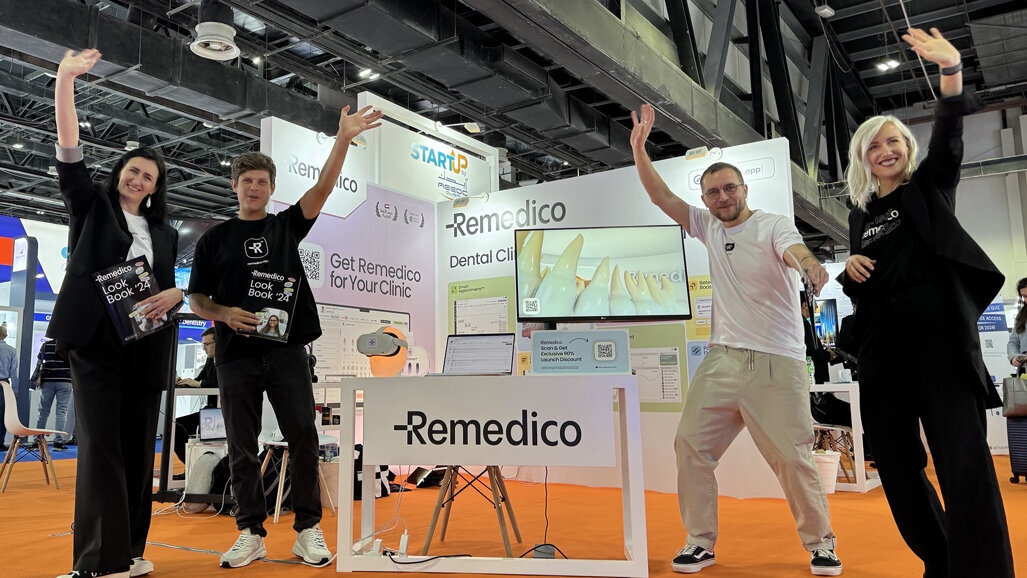



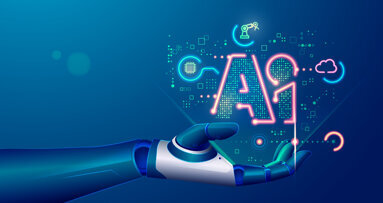

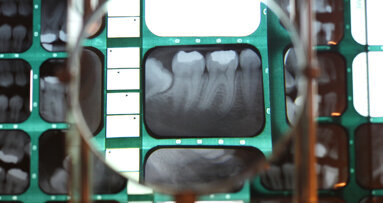

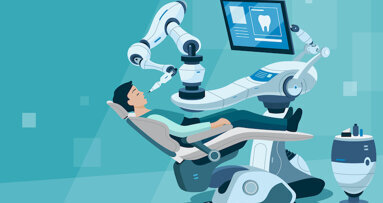



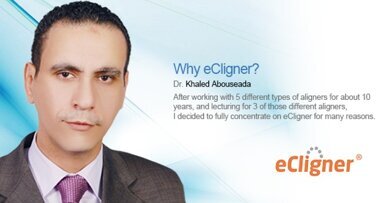


















To post a reply please login or register